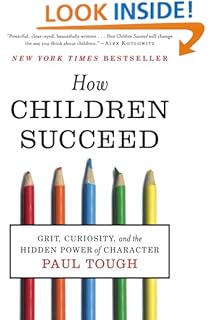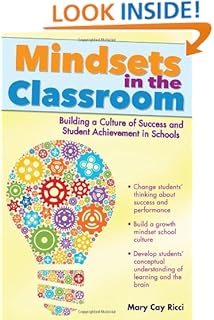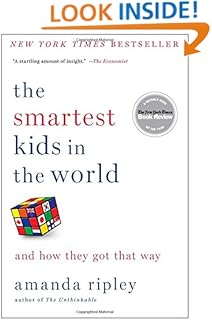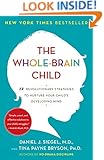
Grade 4, 5, 6, 7, 8, 9 and 10 Reading test scores explained in measurable terms. You might ask what does the reading test score really mean for my child? Does the test score equate to real reading ability or advanced level reading concepts? Do the test give a grade level equivalent score? Can the test scores show how much growth a student makes in a year? Can I retake the reading test and improve my scale, rit, derived scores, Staninesm, and raw scores?
The explanation of reading test scores below is in general terms. The levels are based on a scale that equates to,
5-4: Advanced
1-0: Falls Far Below
Above Level Readers: Advanced Reading Students – Performance Level 4 Advanced students can identify text genres, words with multiple meanings, and idiomatic expressions; support multiple generalizations from details, determine cause/effect relationships; interpret literary allusions; infer by visualizing actions; synthesize figurative language to make connections/draw conclusions; interpret literary elements, plot, exposition, conclusion, and strures and styles of writing, evaluate/make inferences to determine author’s background, purpose, tone, theme, and style in complex literature; analyze sophisticated stylistic techniques with examples; draw conclusions from multiple sources; and locate information from a variety of media, determining relevance for a specific purpose. Students can organize and synthesize information from complex texts; determine main idea and word meaning from context; activate background knowledge; apply information from text to graphics; discriminate among shades of meaning and text features to make inferences and determine author’s attitude, tone, and purpose; draw conclusions from inferences and graphics; determine cause/effect relationships; incorporate metaphorical thinking; interpret complex figurative language, identify character motivation and audience; and demonstrate accurate use of information from a variety of references.
Grade Lever Readers: Proficient or Basic Reading Students – Performance Level 3 Students can organize and synthesize information from complex texts; determine main idea and word meaning from context; activate background knowledge; apply information from text to graphics; discriminate among shades of meaning and text features to make inferences and determine author’s attitude, tone, and purpose; draw conclusions from inferences and graphics; determine cause/effect relationships; incorporate metaphorical thinking; interpret complex figurative language, identify character motivation and audience; and demonstrate accurate use of information from a variety of references. Students can use strategies to demonstrate comprehension of basic reading materials by sequencing events, using context clues, drawing conclusions, and determining author’s basic purpose.
Below Grade Level Readers: Below or Emergent Students – Performance Level 2 Students use limited strategies to demonstrate comprehension of basic reading materials by sequencing events, using context clues, drawing conclusions, and determining author’s basic purpose. Students can identify the main idea of a basic reading selection.
Emergent Readers: Falls far Bellow Grade Level Unsatisfactory – Performance Level 1 Students can identify the main idea of a basic reading selection.
Beginning Reader (BR): Learning to read Unsatisfactory – Performance Level 0 Students can identify letters and some basic words in a reading selection.
Above Level Readers: Advanced Reading Students – Performance Level 4 Advanced students can identify text genres, words with multiple meanings, and idiomatic expressions; support multiple generalizations from details, determine cause/effect relationships; interpret literary allusions; infer by visualizing actions; synthesize figurative language to make connections/draw conclusions; interpret literary elements, plot, exposition, conclusion, and strures and styles of writing, evaluate/make inferences to determine author’s background, purpose, tone, theme, and style in complex literature; analyze sophisticated stylistic techniques with examples; draw conclusions from multiple sources; and locate information from a variety of media, determining relevance for a specific purpose. Students can organize and synthesize information from complex texts; determine main idea and word meaning from context; activate background knowledge; apply information from text to graphics; discriminate among shades of meaning and text features to make inferences and determine author’s attitude, tone, and purpose; draw conclusions from inferences and graphics; determine cause/effect relationships; incorporate metaphorical thinking; interpret complex figurative language, identify character motivation and audience; and demonstrate accurate use of information from a variety of references.
Grade Lever Readers: Proficient or Basic Reading Students – Performance Level 3 Students can organize and synthesize information from complex texts; determine main idea and word meaning from context; activate background knowledge; apply information from text to graphics; discriminate among shades of meaning and text features to make inferences and determine author’s attitude, tone, and purpose; draw conclusions from inferences and graphics; determine cause/effect relationships; incorporate metaphorical thinking; interpret complex figurative language, identify character motivation and audience; and demonstrate accurate use of information from a variety of references. Students can use strategies to demonstrate comprehension of basic reading materials by sequencing events, using context clues, drawing conclusions, and determining author’s basic purpose.
Below Grade Level Readers: Below or Emergent Students – Performance Level 2 Students use limited strategies to demonstrate comprehension of basic reading materials by sequencing events, using context clues, drawing conclusions, and determining author’s basic purpose. Students can identify the main idea of a basic reading selection.
Emergent Readers: Falls far Bellow Grade Level Unsatisfactory – Performance Level 1 Students can identify the main idea of a basic reading selection.
Beginning Reader (BR): Learning to read Unsatisfactory – Performance Level 0 Students can identify letters and some basic words in a reading selection.






